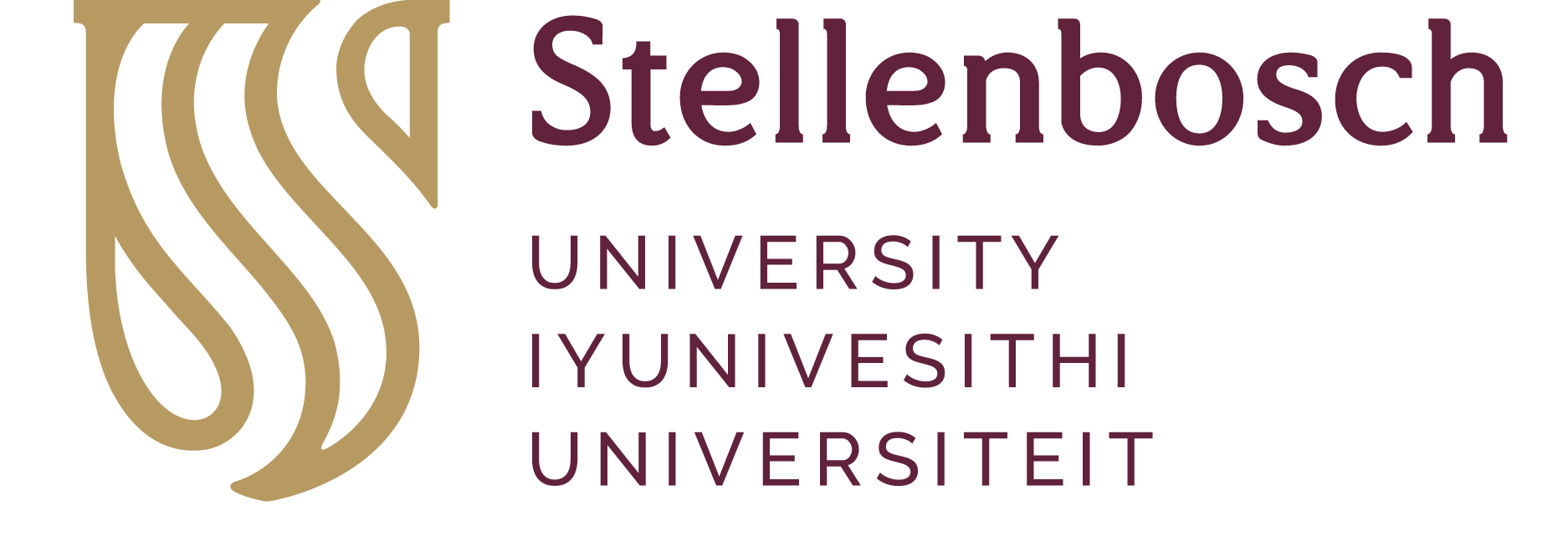BIBLIOMETRICS
A discipline in its own right which includes publication counts, citation analyses and content analyses.
CITATION METRICS
These comprise the statistical analysis of citation counts, the number of times a research work, e.g. an article, is cited by other works.
WEBOMETRICS
Measures include download counts and site hits as well as link analysis and web citation analysis. Webometrics may also be referred to as scientometrics or cybermetrics.
ALTMETRICS
Altmetrics is an abbreviation for "alternative metrics" and is a way to measure the impact of a scholarly article or project by charting social media mentions as well as blog posts and bookmarks.
ACCREDITED JOURNALS
These journals are accredited by the Dept. of Higher Education. The journals appear on lists by ISI Web of Knowledge, International Bibliography of Social Science and approved South African journals. Articles published in these journals will receive government subsidy.
H-INDEX
The h-index is an index that attempts to measure both the productivity and impact of the published work of an academic. The index is based on the set of the academic's most cited papers and the number of citations that they have received in other publications.
JOURNAL IMPACT FACTOR
The journal impact factor measures the importance of a journal and "is a measure of the frequency with which the 'average article' in a journal has been cited in a particular year or period". The Impact Factor is calculated by dividing the number of citations in the JCR year by the total number of articles published in the two previous years. An Impact Factor of 1.0 means that, on average, the articles published one or two year ago have been cited one time. An Impact Factor of 2.5 means that, on average, the articles published one or two year ago have been cited two and a half times. Citing articles may be from the same journal; most citing articles are from different journals.
AGGREGATE IMPACT FACTOR
The aggregate Impact Factor for a subject category is calculated the same way as the Impact Factor for a journal, but it takes into account the number of citations to all journals in the category and the number of articles from all journals in the category. An aggregate Impact Factor of 1.0 means that that, on average, the articles in the subject category published one or two years ago have been cited one time.
MEDIAN IMPACT FACTOR
The median Impact Factor is the value of all journal Impact Factors in the subject category. The Impact Factor mitigates the importance of absolute citation frequencies. It tends to discount the advantage of large journals over small journals because large journals produce a larger body of citable literature. For the same reason, it tends to discount the advantage of frequently issued journals over less frequently issued ones and of older journals over newer ones. Because the journal impact factor offsets the advantages of size and age, it is a valuable tool for journal evaluation.
JOURNAL CITED HALF-LIFE
The median age of the articles that were cited in the JCR year. Half of a journal's cited articles were published more recently than the cited half-life. For example, in JCR 2001 the journal Crystal Research and Technology has a cited half-life of 7.0. That means that articles published in Crystal Research and Technology between 1995-2001 (inclusive) account for 50% of all citations to articles from that journal in 2001. Only journals cited 100 or more times in the JCR year have a cited half-life. A higher or lower cited half-life does not imply any particular value for a journal.
IMMEDIACY INDEX
Immediacy Index is the average number of times an article is cited in the year it is published. The journal Immediacy Index indicates how quickly articles in a journal are cited. The aggregate Immediacy Index indicates how quickly articles in a subject category are cited. The Immediacy Index is calculated by dividing the number of citations to articles published in a given year by the number of articles published in that year. Because it is a per-article average, the Immediacy Index tends to discount the advantage of large journals over small ones.
EIGENFACTOR SCORE
The Eigenfactor Score measures the number of times articles from the journal published in the past five years have been cited in the JCR year. Like the Impact Factor, the Eigenfactor Score is essentially a ratio of number of citations to total number of articles. However, unlike the Impact Factor, the Eigenfactor Score: Counts citations to journals in both the sciences and social sciences. Eliminates self-citations. Every reference from one article in a journal to another article from the same journal is discounted. Weights each reference according to a stochastic measure of the amount of time researchers spend reading the journal.
ARTICLE INFLUENCE SCORE
The Article Influence Score calculates measures the relative importance of the journal on a per-article basis. It is the journal's Eigenfactor Score divided by the fraction of articles published by the journal. That fraction is normalized so that the sum total of articles from all journals is 1. The mean Article Influence Score is 1.00. A score greater than 1.00 indicates that each article in the journal has above-average influence. A score less than 1.00 indicates that each article in the journal has below-average influence.
SCIENTOMETRICS
Scientometrics is the study of measuring and analysing science research. In practice, scientometrics is often done using bibliometrics which is a measurement of the impact of (scientific) publications
Stellenbosch University Library and Information Service, Helpline Numbers: +27 21 808 4883, Postal Address: Private Bag X5036 Stellenbosch, 7599
